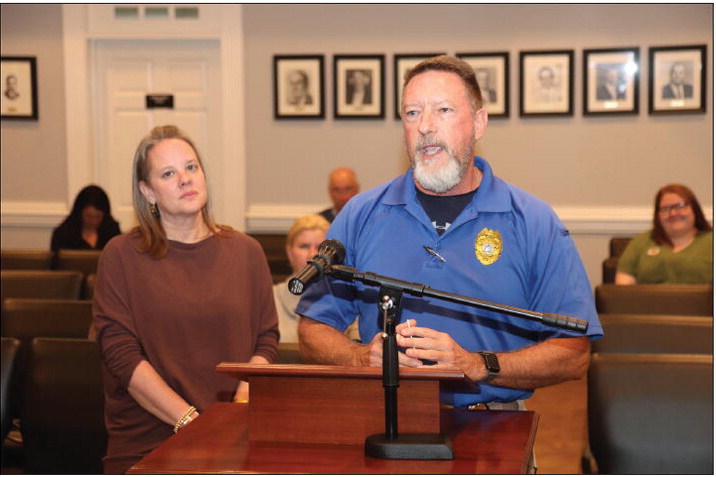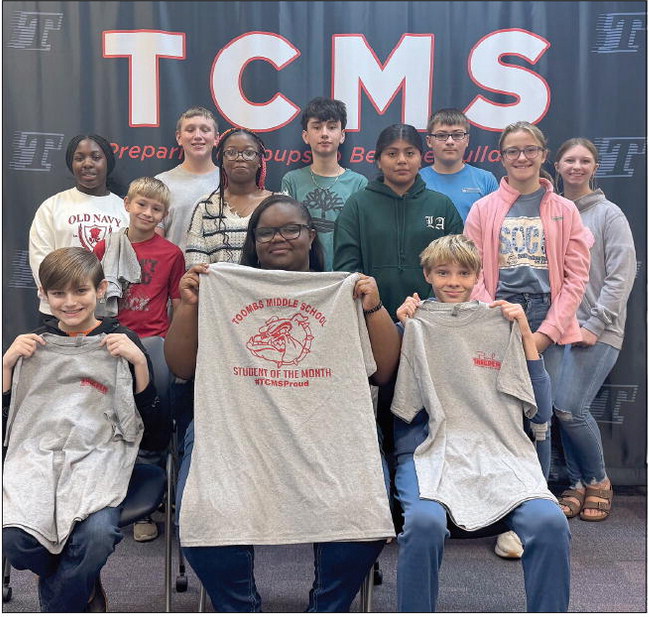How exercise can help you live longer
There are many reasons to get in shape. Weight loss is a prime motivator, as is reversing a negative health effect, such as high cholesterol or increased diabetes risk. Routine exercise also can improve life expectancy.
WebMD says exercise keeps the body and brain healthy. That's why exercise should be an important component of daily life no matter one's age.
Research published in the journal Immune Aging found that how people age is 75 percent lifestyle and only 25 percent genetics, which underscores the importance of the lifestyle choices people make.
Cardiorespiratory fitness
Many health experts say that cardiorespiratory fitness may be just as valuable a metric to determine overall health as blood pressure and lipid levels. People with a high aerobic capacity can deliver oxygen to tissues and cells efficiently to fuel exercise, according to data published in 2014 in the journal Aging & Disease. In a study involving 11,335 women, re- searchers compared V02 max, also known as aerobic capacity, in women with mortality data. Women who were fit from a cardiovascular perspective had a lower death rate from all causes, irrespective of the women's weight.
Manage stress and mood
Exercise has direct stress-busting benefits that can promote longevity. The Mayo Clinic says physical activity can increase the production of endorphins, which are the body's feel-good neurotransmitters. In addition, exercise can imitate the effects of stress, helping the body adjust its flight or fight response accordingly, and help them cope with mildly stressful situations. While engaged in exercise, people may forget about their problems as they are focused on the activity at hand.
Improve bone health
Strength training and physical activity can stave off the effects of frailty and osteoporosis, which affects bone strength. A study published in the Journal of Internal Medicine in 2017 found that hip fractures are associated with diminished quality of life and survival among the elderly. One in three adults aged 50 and over dies within 12 months of suffering a hip fracture, and older adults have a five- to eight-times greater risk of dying within three months following a hip fracture. Building muscle strength, balance and bone density through exercise can reduce falls and frailty, helping to prevent fracture-related health risks.
Addresses sarcopenia
The health and wellness resource Healthline defines sarcopenia as the loss of muscle mass specifically related to aging. Doctors once considered this muscle loss inevitable, and it can affect stamina and lead to weakness. However, new indications suggest that exercise is the main treatment regimen for sarcopenia, particularly resistance training. This is designed to improve muscle strength and help balance hormone levels by turning protein into energy for older adults.
These are just some of the ways exercise can help older adults live longer, healthier lives.







